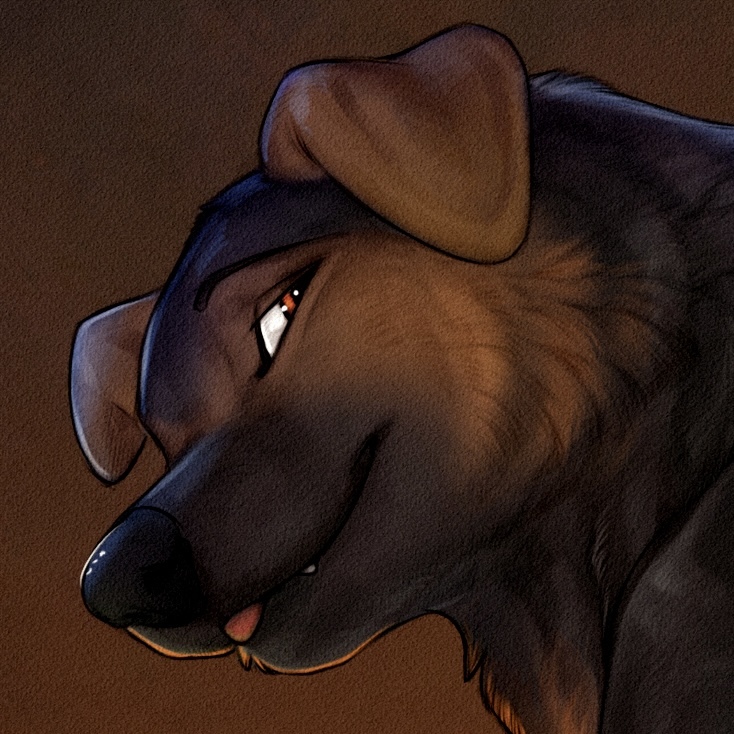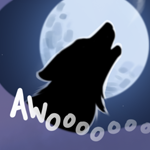“Grafting tape” is totally a thing, by the way. (For plant grafting—it’s basically Saran Wrap but a in a narrow roll and a bit thicker.)
- 1 Post
- 6 Comments

 3·1 year ago
3·1 year ago- Choose an instance where the rules don’t forbid the content you want to post. If you’re looking for exposure of your own art, you’ll particularly want to avoid choosing an instance that has onerous rules. (One example of such a rule might be that porn needs to be posted as “unlisted” or followers-only.)
- Mark the media as sensitive. How you do this will depend on what interface/client you’re using.
- Use the “content warning” feature. This is not a place for a full description. Instead, imagine it from from the perspective of someone who would not want to see it. What keywords or descriptors would be useful to allow them to know that they shouldn’t click to show it? (A useful minimum would be something to indicate that it’s illustrated or RL, that it’s furry or feral or whatever, the apparent sexes of the characters, and any extreme fetishes depicted.)

 3·1 year ago
3·1 year agoHave you considered creating something akin to doesthedogdie.com? (Not on that catch-all mess of a site, but a new single-topic thing.)
A key goal of such a site would be the hope that the existence of it might go viral (because the idea that someone would care to create such a weird thing has some novelty to it), with the hope that just maybe writers/storytellers that hear about it might in turn be prompted to think about doing something different or more interesting.

 1·1 year ago
1·1 year agoUnfortunately, client-side keyword filters aren’t community or even server-specific. (Nor do they have context of when a post was made.) They’re a setting that’s global to everywhere. This makes reusing tags extremely problematic, especially when changing to drastically different meanings that are very likely to be on the opposite side of what someone might want to seek out versus avoid seeing.
Consider the following cases: I do not want to see andromorphs or gynomorphs. However, I also really don’t want to risk filtering out gay content and I don’t want to filter ambiguous characters automatically either.
I really don’t want to have to start swinging the block community hammer in order to filter out places that use G or A to mean things I absolutely do not want to see.
I believe quite strongly in promoting common-ground communities and infrastructure based on people being able to filter out what they don’t want to see in a granular way. Inverting tag meanings undermines that to an extent that I think is not justifiable.
I use https://t.me/E621WatchBot on telegram to get notifications of new uploads matching queries. (You can specify an artist’s tag as a query.)